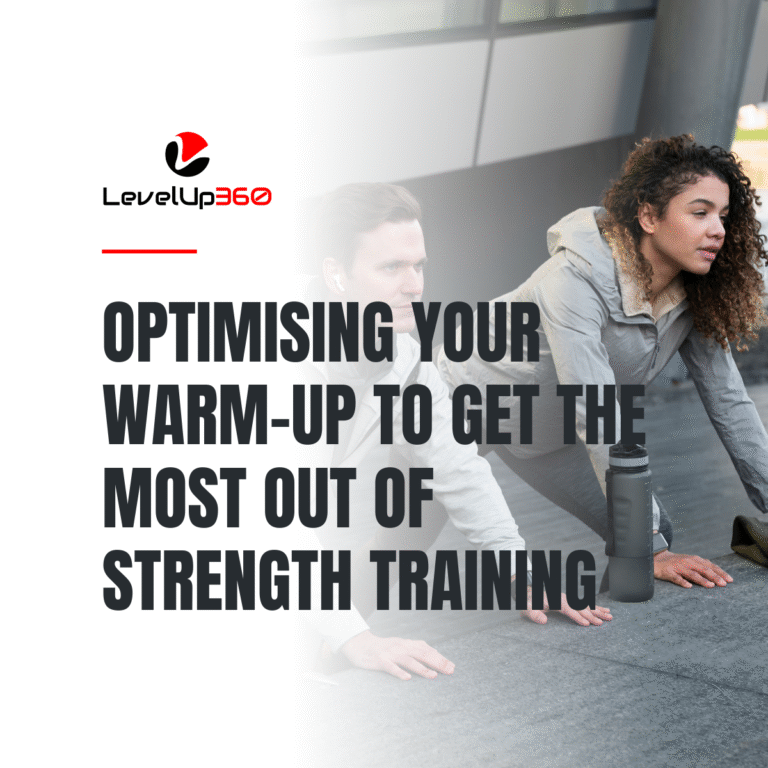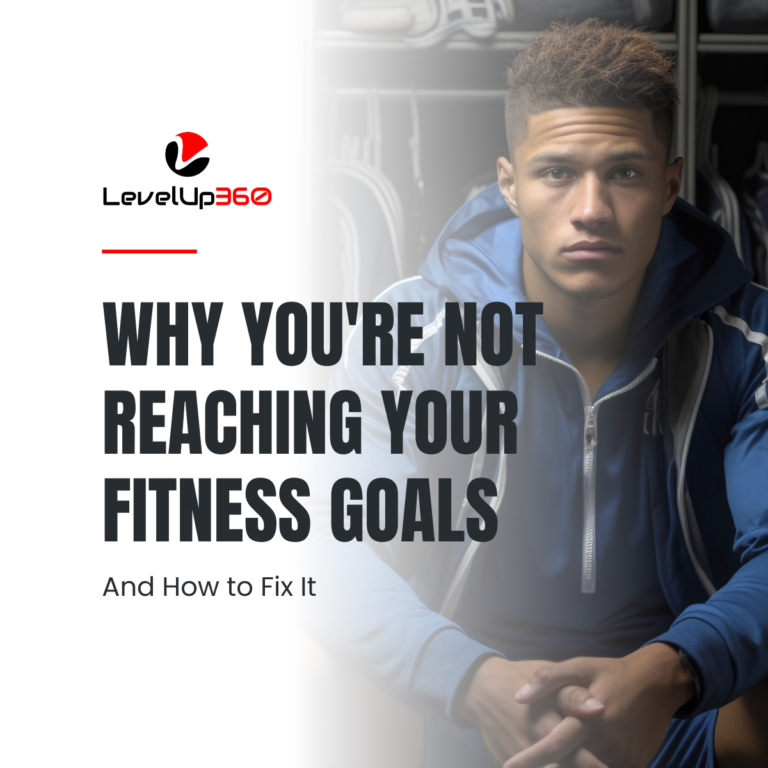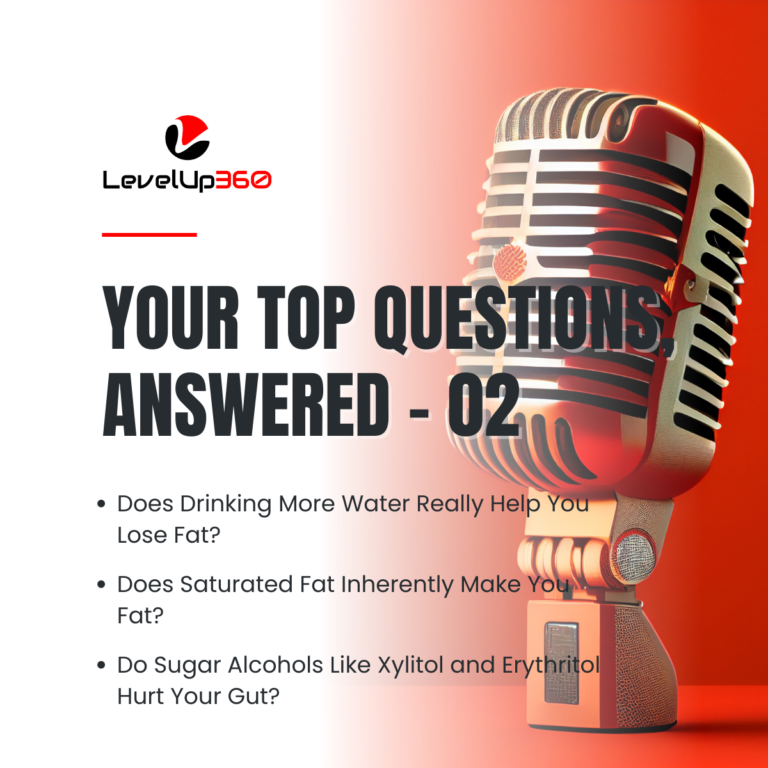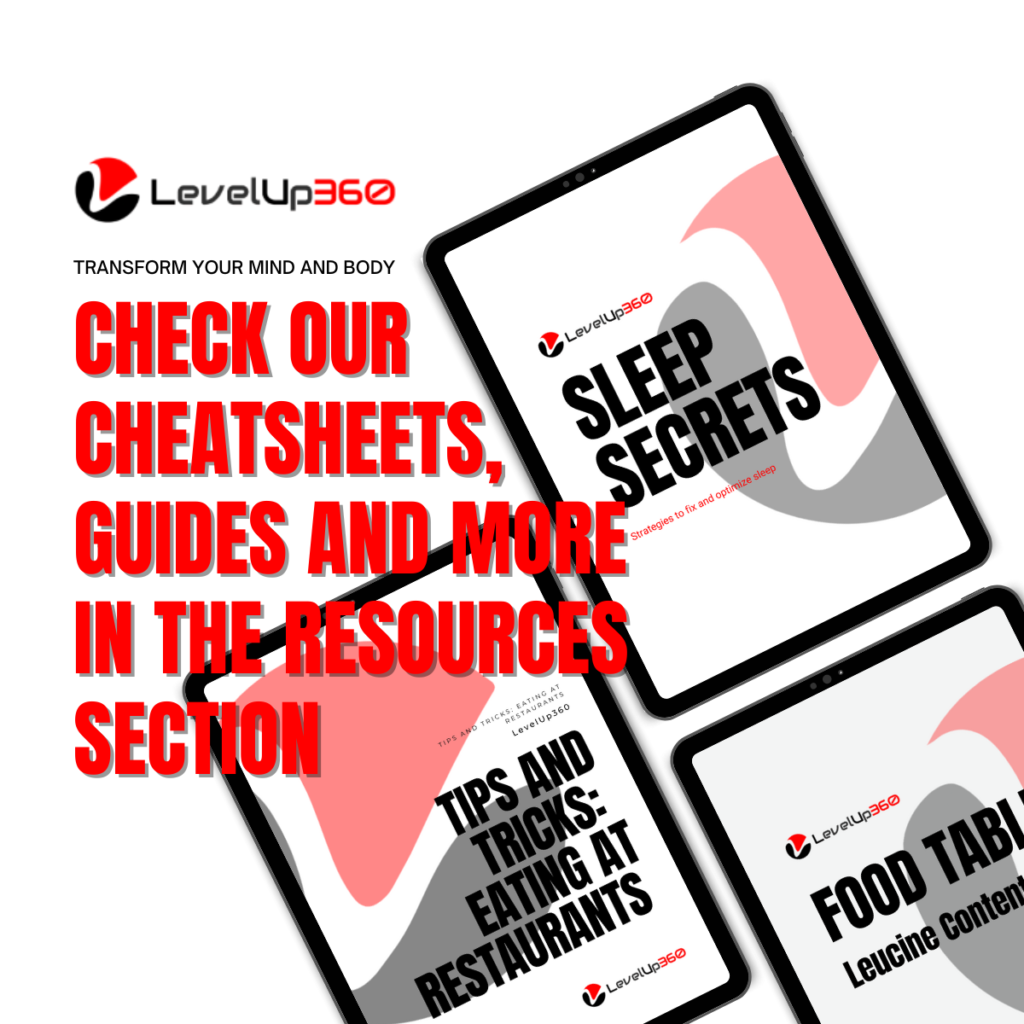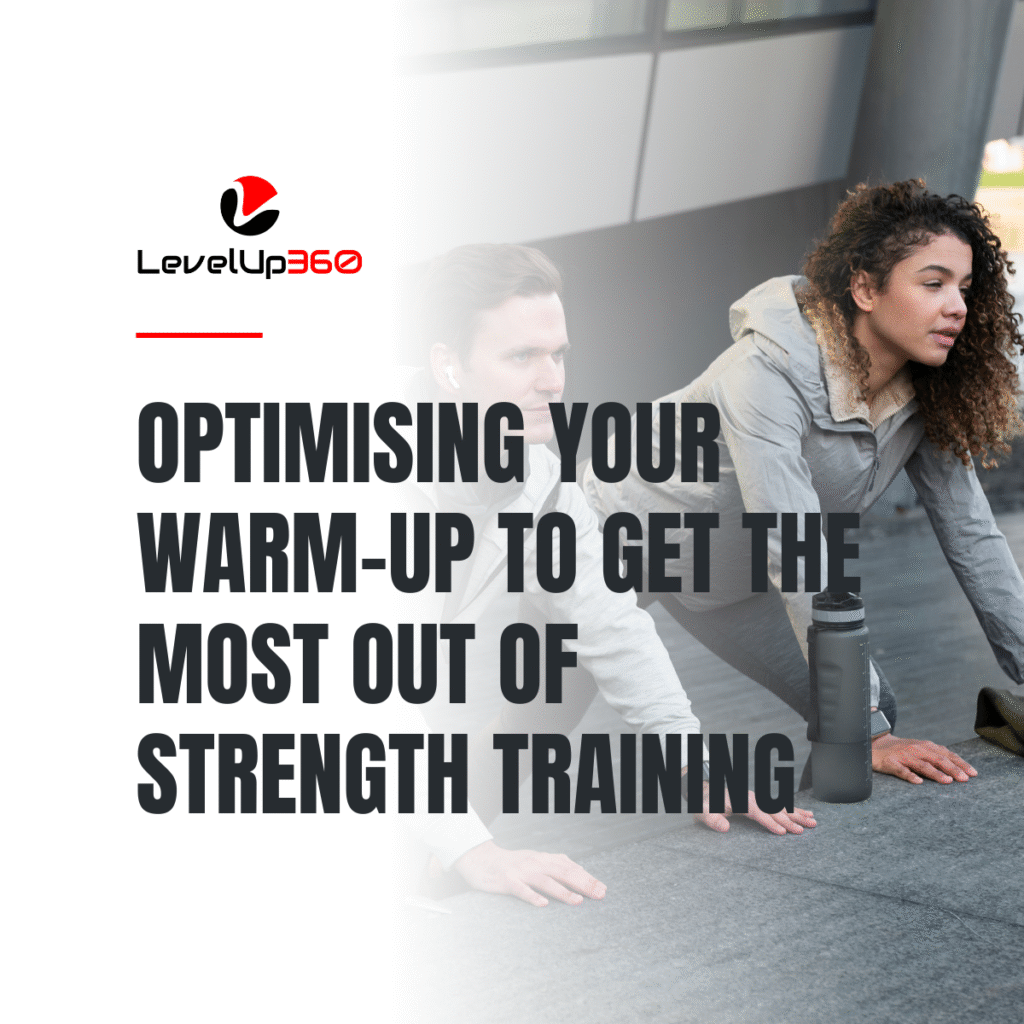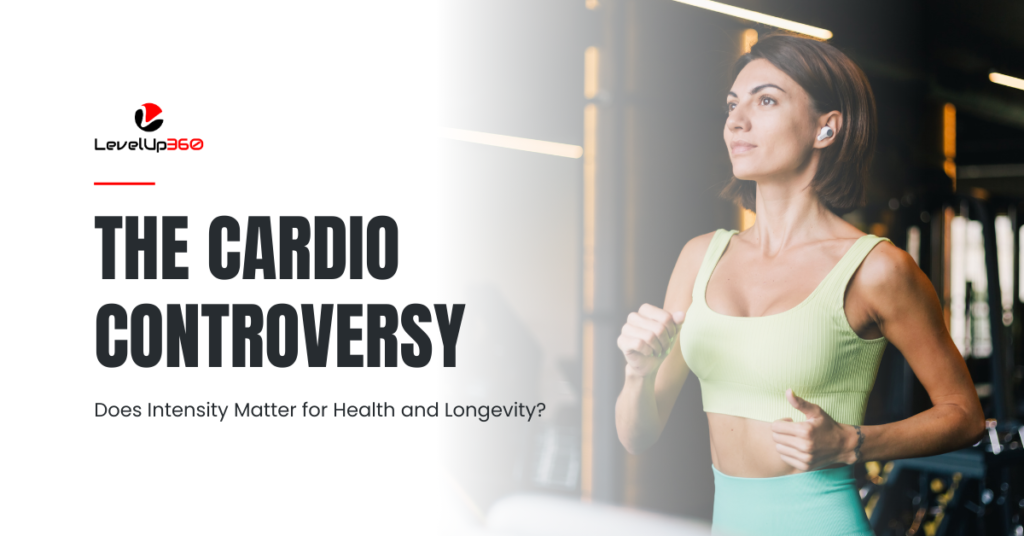
The Cardio Controversy: Does Intensity Matter for Health and Longevity?
Take a scroll through social media and you’ll inevitably encounter some debate around cardio and intensity. Is that long, slow run, gentle bike ride, or simply accumulation steps enough to reap all the health perks? Or do you absolutely need to incorporate those gut-busting high-intensity cardio intervals to maximise benefits?
When it comes to exercise and health, we all know that some movement is better than none. However, experts continue to argue over whether intensity plays a key role or if simply moving more provides the bulk of benefits.
On one side, you have purists insisting that high-intensity cardio is an absolute must for heart health and longevity. But a growing list of studies challenges this notion, suggesting total activity volume drives the benefits, regardless of intensity.
So who’s right? Is blasting your heart rate into the red zone critical, or can a casual stroll deliver similar health dividends? Let’s examine the evidence.
The key is developing a lifelong exercise habit by accommodating your needs and staying consistent
Evaluating the Research on Cardio Intensity and Health
In the last few years, a series of studies sparked healthy debate by indicating intensity doesn’t seem to influence health and longevity as much as previously believed.
For example, researchers analysed physical activity and health outcomes for over 20,000 Australian women across two decades. Their key finding? Total volume of activity was far more impactful for reducing hypertension and obesity risk than frequency or intensity. Piling on more total activity volume provided the biggest bang for buck.
Specifically, women engaged in 1000 or more MET-minutes per week of activity (equivalent to 150 minutes of moderate-intensity activity) had a 16% lower risk of hypertension and 27% lower risk of obesity than sedentary women. Impressively, this benefit was achieved regardless of whether the activity was spread across 3 short weekly sessions or 7 longer sessions. Frequency didn’t move the needle.
And while incorporating some vigorous activity provided a small extra bump in benefit, this was achieved with just 1%-33% of total volume coming from vigorous efforts. A little bit of huffing and puffing went a long way, but the overall volume remained far more important.
Another study tracked physical activity habits and health events in over 14,000 older American women. Step counts and time spent in moderate-to-vigorous activity were similarly predictive of cardiovascular disease and mortality risk over 9 years of follow-up. Again, volume reigned supreme over intensity.
Across multiple recent studies, the theme remains consistent – simply accumulating enough physical activity, however, you prefer to earn it, provides the lion’s share of health benefits. At least when it comes to general health and longevity, intensity appears secondary to overall volume.
But the intensity proponents aren’t ready to wave the white flag just yet. They argue that while these studies show volume drives the bulk of benefit, they don’t fully close the door on potential unique perks of higher intensity.
This intensity camp does have a compelling point in their favour – the curiously strong link between cardiovascular fitness (as measured by VO2 max) and health outcomes.
The VO2max Puzzle - Does Intensity Still Matter?
Here’s where things get tricky. It’s unequivocally true that greater cardiovascular fitness strongly predicts longevity.
We know that when two runners maintain the same weekly mileage, the one doing faster intervals will boost their VO2 max more than the one doing just slower, longer runs. The higher intensity provides an extra kick for cardiovascular fitness.
So in theory, since high-intensity exercise builds cardiovascular fitness best, and cardiovascular fitness enhances longevity, then high-intensity workouts should also be closely tied to living longer. This makes sense intellectually.
However, the relationships are messier in reality. VO2 max doesn’t just represent your exercise habits – it’s also heavily influenced by factors like age, sex, muscle mass, illness and more. Your VO2 max reflects your current health status.
As an analogy, think about strength and longevity. Research clearly links higher grip strength to a longer lifespan. But that doesn’t mean you should start intense grip training to extend your life. More likely, grip strength declines as health deteriorates with age or disease. It’s merely an indicator, not a cause, of longevity.
Similarly, poor VO2 max doesn’t directly cause poor health outcomes. It falls as other health issues develop, acting as a marker of health problems brewing.
Now consider how VO2 max and health likely aren’t linearly related. Boosting VO2 max from “very poor” to “poor” substantially lowers mortality risk. However, the person with an “excellent” VO2 max probably doesn’t gain much beyond having merely a “good” VO2 max. At some point, fit enough is fit enough.
So while higher cardio intensity boosts VO2 max best, your VO2 max represents far more than just your exercise habits. It changes alongside your overall health. Higher VO2 max indicates better health but doesn’t directly cause better longevity. The relationships are imperfect and complicated.
Recommendations – Minimums, Optimising, and Nuance
If your priority is simply reaping most of the health dividends from physical activity, the formula is refreshingly simple. Just make sure you’re hitting the minimum recommended activity levels:
- Aim for at least 150 minutes per week of moderate-intensity activity
- Or 75 minutes per week of vigorous activity
- Or a combination of both totalling 500-1000 MET minutes per week
- This equates to about 8000-10000 steps per day, not too tough for the average person to achieve.
But maybe you’re not satisfied with the minimum. Perhaps you’re keen on optimisation and want to extract every last drop of benefits exercise can confer. Where should the intensity fanatics set their sights?
- Based on the current evidence, you’ll likely get the maximum longevity boost by:
- Work up to 3-5 times the minimum guidelines, or 750-1500 MET minutes per week
- That aligns with 15000-20000 steps per day
- Focus on minimising prolonged sedentary time also
Essentially, you want to minimise prolonged sedentary time while also getting activity levels far beyond the standard minimums. That combination provides a volume bonanza delivering near-peak benefits.
Importantly, you’ll get the most bang for your buck by focusing on adding more total volume rather than intensity. But sprinkling in some higher exertion activity does appear to provide a minor additional bump – emphasis on minor. We aren’t talking about huge benefits here.
This aligns with standard health advice – first, get the minimum, then layer in extra credit.
Of course, these recommendations are for the average person focused on general health and longevity. For athletes training to maximise performance in a specific sport, the equation changes.
A basketball player needs to practice sprints to cover the court effectively. An 800-meter runner requires a hefty dose of gruelling interval work to crush their PR. The endurance cyclist should spend plenty of time pedalling at sustained high intensities to simulate race day demands.
The key is matching your training intensity and volume to the needs of your goals. Sport-specific performance requires specificity. And recreational lifters likely need sufficient intensity for motivation, but not overkill.
Finding the Goldilocks zone of the ideal cardio workout always requires balancing science with individual needs and preferences. Don’t force yourself into a generic one-size-fits-all approach.
The Takeaway – Flexibility For Health, Specificity for Performance
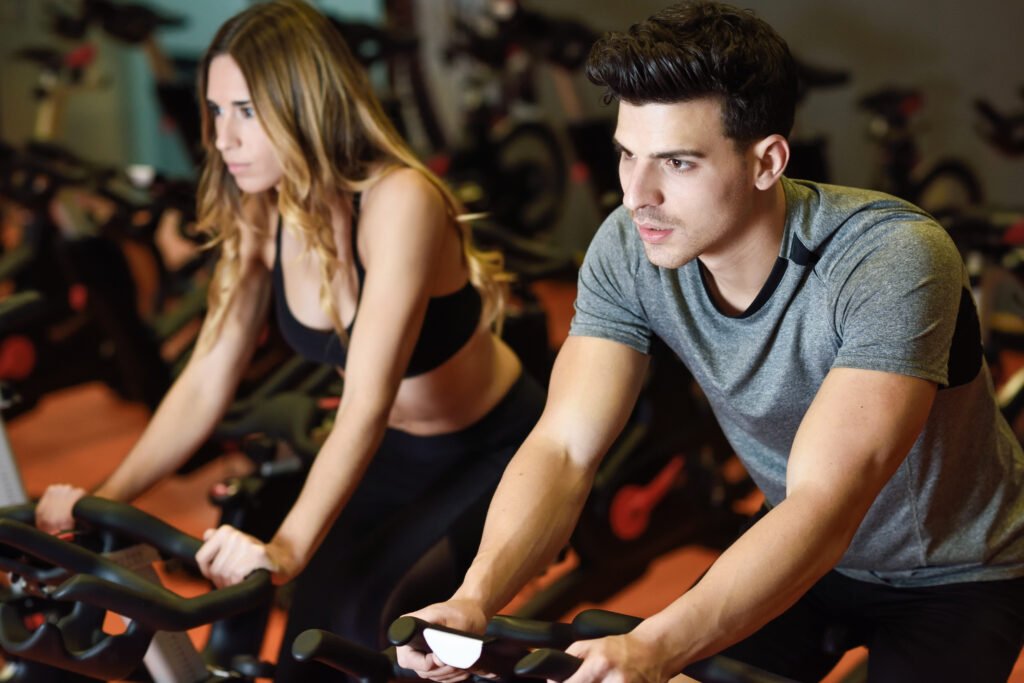
When your primary aim is general health and longevity, the bulk of the benefit comes from simply accumulating an adequate volume of activity rather than intensity. Just stay active in ways you enjoy and can sustain long-term.
Adding some higher exertion training provides minor additional benefits, so don’t avoid intensity if it’s your cup of tea. Just don’t force yourself into intense programs that feel overly rigid or discouraging.
But for those training hard to maximise performance in a specific sport, intensity becomes critical. Match your training to the specific demands to get fit for your purpose.
Of course, the ideal exercise program seamlessly blends science and personal preference. Figure out your minimum effective dose for health, then layer in intensity strategically to align with your goals and interests.
The key is developing a lifelong exercise habit by accommodating your needs and staying consistent. When it comes to health, simply moving more reigns supreme.
Recommended reading
Recommended reading
Additional Resources
Feeling in control of your health
If you are interested in improving your health and wellness, check out other resources such as Our Blog, Free Resources and/or join our private Body-Mind Transformation Secrets Community on Facebook, and go on an even deeper dive with me to uncover how to succeed in your health and wellness goals.
You may also be interested in our Sleep Secrets Cheat Sheet. It is a great resource with strategies to fix and optimize your sleep which is crucial to succeeding in your health and wellness goals.
Resources
Pictures
Freepik.com by kroshka nastya and javi_indy

